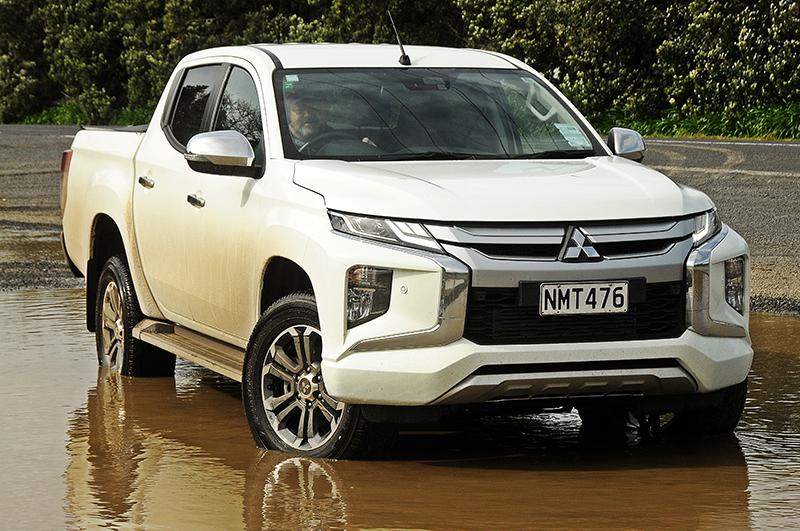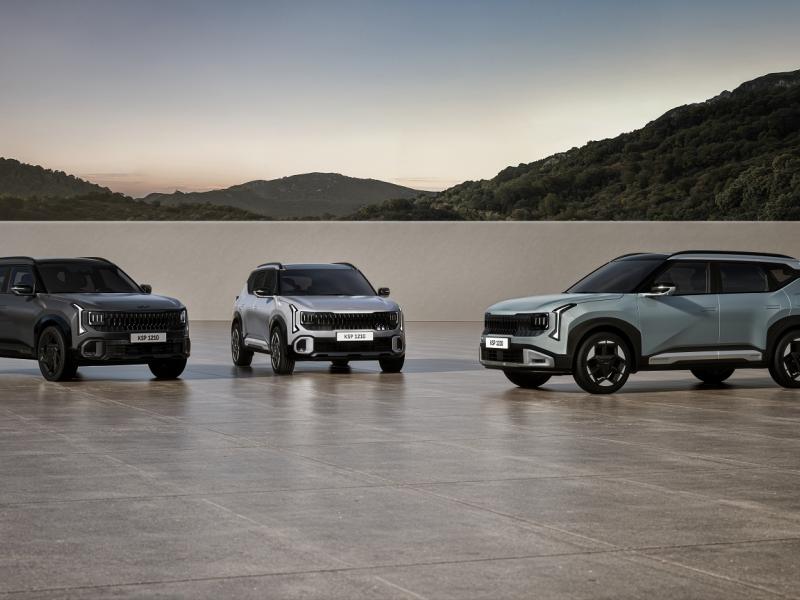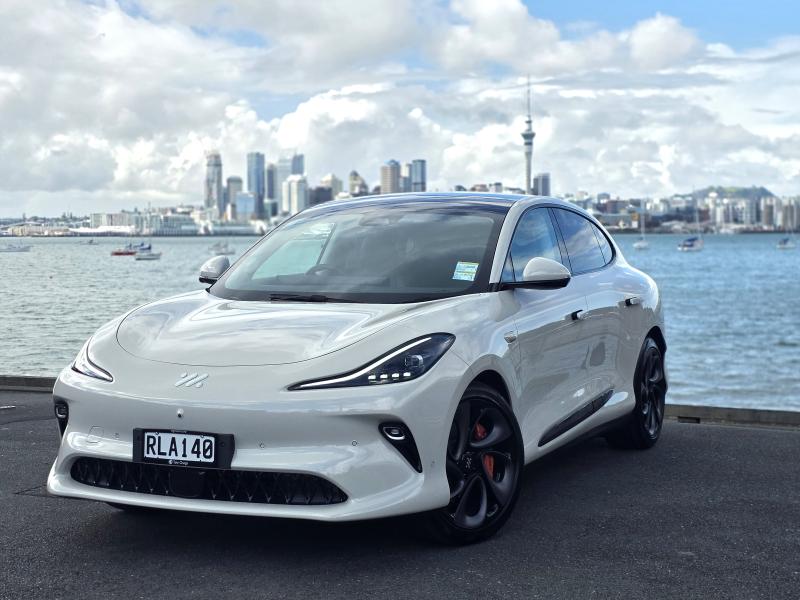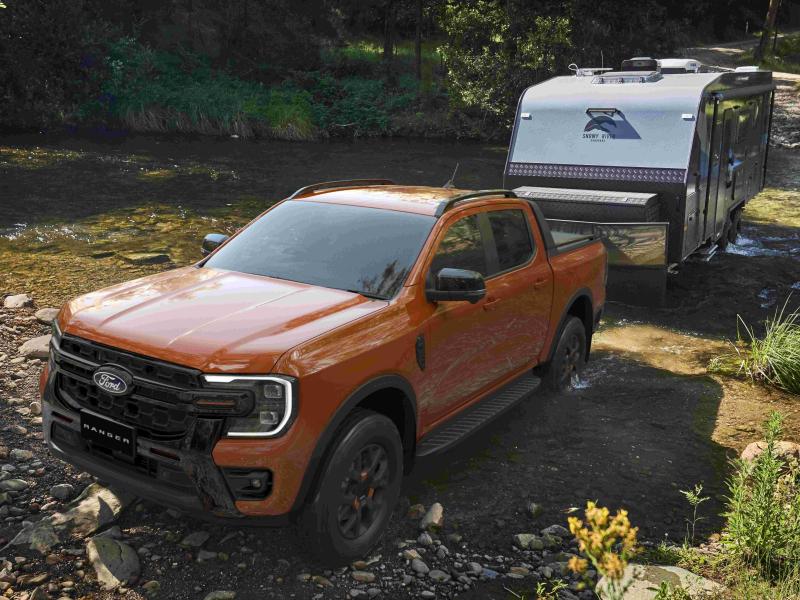Mark’s thoughts: evolutionary change delivers a super-capable 4WD.
We’ve had plenty of time to watch Mitsubishi improving the Triton GLX-R and it’s been interesting to watch the truck’s development.
The Triton’s 2.4-litre engine communicates well through seat-cushion and chassis; it’s never annoying but the business-like note remains.
For much the same money as the Ranger, the Mitsi delivers more traction (of course) and gives nothing away through everyday use – acceleration from the traffic lights is line-ball with the Ranger thanks to careful matching of transmission ratios despite the Ranger having more cogs.
Partly, this is due to the Triton having a stronger torque curve – it has less torque than the Ranger, but it stays around longer and the truck makes very efficient use of it.
Off-road, this means it hangs onto a gear and is less likely to be caught mid-shift in uphill going on sealed roads or in the rough.
On-road it means the Mitsi hangs tough behind Ranger and matches it shift for shift.
Ride-wise, the Triton does get upset when asked to cross choppy tarseal – of which Godzone does seem to have a lot these days. That’s simply a trade-off for real-world payload toting with an older but still very effective chassis. Nothing we couldn’t live with.
And of course, the transmission really does have the chops off-road, especially if the gear being carried needs to cross a mashed-up skid clearing in a pine forest. Not many of those in downtown Christchurch or Rotorua, but plenty of call for four-wheel drive up in the hills around both those towns.
Sean’s thoughts: Honest, well presented, well grounded 4WD.
He has had plenty of time with the Triton, including a chance to drive the truck separately from our wet and slushy Waiuku Forest sojourn. So what does Company Vehicle editor Sean Willmot reckon?
Probably the most honest and best presented of all the Tritons, the GLX-R delivers on what Mitsubishi’s evergreen ute should be, in terms of contemporary looks and performance.
The Triton range is extensive and sees evolutionary change faster than many other utes
Is this Mitsubishi’s way of keeping up with the Joneses or is it rather an indicator that Mitsi is more in tune with the fickle and changing market demands?
Either way, this version of the Triton is visually appealing. A quick walk-around reveals a purposeful, practical and robust-looking truck, particularly where the cab meets the tray, which has always been a visual weak point for the Triton.
The looks are matched under the bonnet, where the seemingly immortal 2.4 turbo diesel has a clear note of distinction as intake air gets a little help from the turbo. Not as refined as some engines perhaps, but willing just the same. The engine note is gruff and businesslike.
Handling can be the Triton’s downfall, especially when put through its paces in ‘rally mode’. Yes, you have to drive at extremes to get the nose to dive as spectacularly as we did, but the fact that it is there at all suggests a little rethinking on the front-end stiffness might deliver more capability and confidence.
You can throw the Triton into corners and get a response from the back that’s just enough to remind you that this isn’t an Evo and that you are not Tommi Makinen. That’s probably a good thing for the Triton and the ego.
Inside, it’s hard to criticise the Triton’s level of practical appointment and sophistication. It’s honest, well laid out and doesn’t try to be a showboat or something it isn’t.






